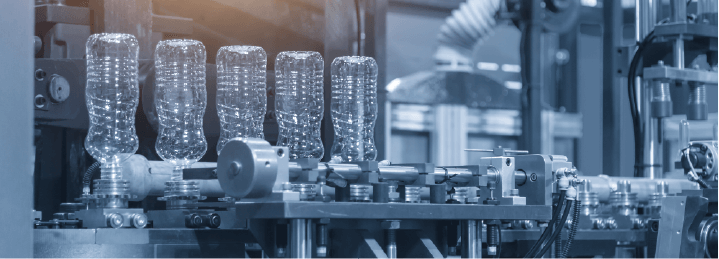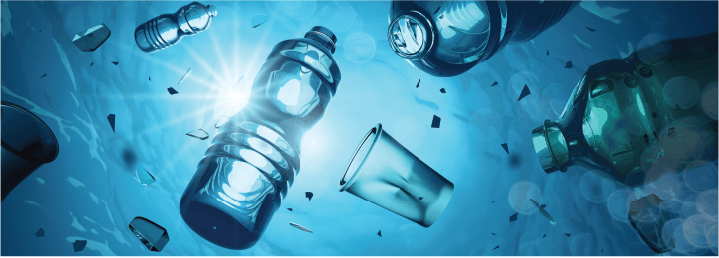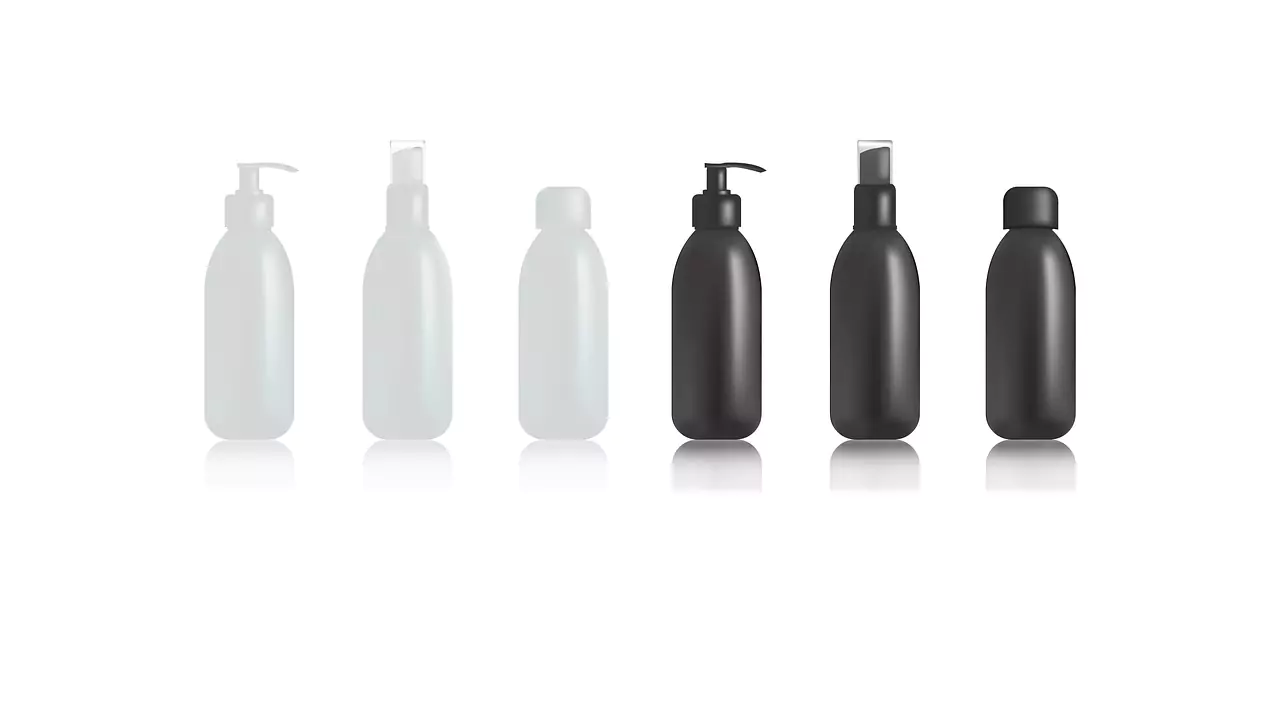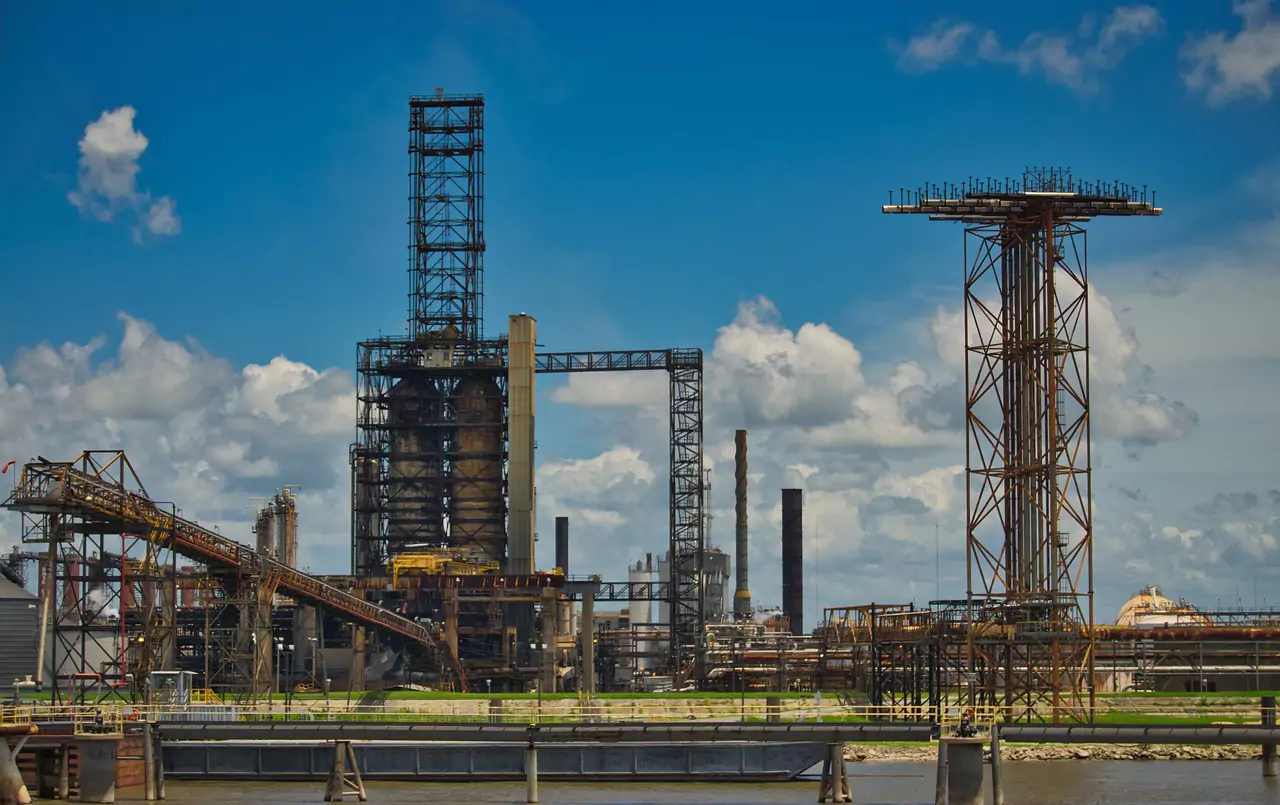Every year, the bioplastics take up 330,000 tons of plastic. This number is not a lot when we consider the 200 million tons of synthetic plastic produced by the world every year. The market for bioplastic is rapidly increasing every year (almost 20-30 %) except for some fluctuations which you can read in this marketing insight. But, what is wrong in a naturally grown source and is then compost when its work is done? A lot of things are wrong because corn plastic is very much similar to average PET plastic. It doesn’t compost easily as one might think, as it is only compostable in moist and hot setting (in a commercial plant).
If there is no commercial composting available in your region, then the bioplastics will end up in the same place as the other types of plastic –into the landfills and other areas. You can also not mix up both kinds of plastic as a bioplastic can disturb the general plastic recycling process. Throwing them in the same trash bin as traditional plastic can cause problems with the recycling companies. So, to determine whether you should use the bioplastics, we will discuss the pros and cons of bioplastics according to plastics production specialists.
4 Pros of Bioplastics
- These plastics are created with raw materials:
There is no doubt that if the bioplastic is discarded properly, it can degrade much faster. A bottle made with bioplastic can compost in a few years but, if the same bottle is made with classic plastic blow molding, it will take 500 years to degrade completely. Apart from this, the traditional plastic has added elements like phosphorus, nitrogen, carbon dioxide, etc. which is very harmful to the environment. But, the bioplastics don’t have any such elements.
- This plastic is made from renewable resources:
The construction of bioplastics is from raw plants, which is sustained and renewable material. All year long, plants are grown indoors or outdoors for producing the plastic. This means that the bioplastics add the element of biodegradability to the plastic because their material is natural and not harmful to the planet. All-natural things are easily degradable, and so is pHA.
- They don’t leave any toxic leftovers on the earth:
The compostable bioplastic has the natural element from the earth, so when it decomposes, it doesn’t leave any toxic waste for the planet. This is also the reason why bioplastics are popularly used for packaging and you can read more about its standards here. Once the product is decomposed, all its elements turn into inorganic molecules like carbon dioxide, water, biomass, methane, etc. and fully mix with the soil. Every year the production of bioplastic goes up because it is made from renewable resources. On the contrary, the products produced by the plastic and petroleum gave finite resources, and they also release toxins into the soil once they decompose. They seriously hurt the environment and the life living on this planet.
- Bioplastic leaves very small carbon footprints:
There is no doubt that bioplastic has small carbon footprints. Plastic, which is made with renewable energy, has shown promising results regarding reducing greenhouse gas emissions. The bioplastics will always keep the carbon dioxide stored in itself forever without releasing it into the atmosphere.
4 Cons of Bioplastics
- Chemicals are used:
The chemicals are not used in the decomposition of the bioplastics; rather the fertilizers, pesticides and other chemical are used to grow the crops which are then used to create these plastics cause similar damage to the environment which traditional plastic cause. All the chemicals which are applied and used for bioplastic production emit carcinogens and ecotoxicology.
- Low chance of degrading:
Many questions arise with bioplastics; how do bioplastics decompose? Do they decompose? Are they dangerous when decomposed? Etc. Here is to answer some part of your questions; many bioplastics contain a very low chance to disintegrate if they are thrown into the landfills. The landfills don’t have the requirements of microorganisms, sunlight, oxygen, heat, etc. to degrade the bioplastics, and they become more or less like traditional plastics.
- Negatives effects on the ozone layer:
It is astonishing bioplastics have caused more damage to the ozone layer as compared to traditional plastic and petroleum. The process to degrade bioplastics are a bigger danger to the environment and ozone layer than the recycling process of traditional plastics.
- Bioplastics sometimes contain pieces of metals:
Occasionally, new product development of bioplastics can include pieces of metal. And sometimes then these products are decomposing; they form metal pieces because bioplastic is rich in manganese. The metal parts can bring error to the process of decomposition of bioplastics. These remaining metal elements can also bring toxicity to the environment after the decomposition process is done of bioplastic.
These are the pros and cons of bioplastics, which hopefully helped you understand bioplastics more. These plastics are used in our everyday lives through custom plastics like pots, pans, cutlery, packaging, straws, glasses, bowls, stationary, toys, etc. which makes it relevant to know the pros and cons of bioplastics. They replace the traditional plastics on many platforms, and since we are making progress in lessening the pollution from the world, using bioplastics in manufacturing plastic products can be a good thing if we handle them with caution and care.





